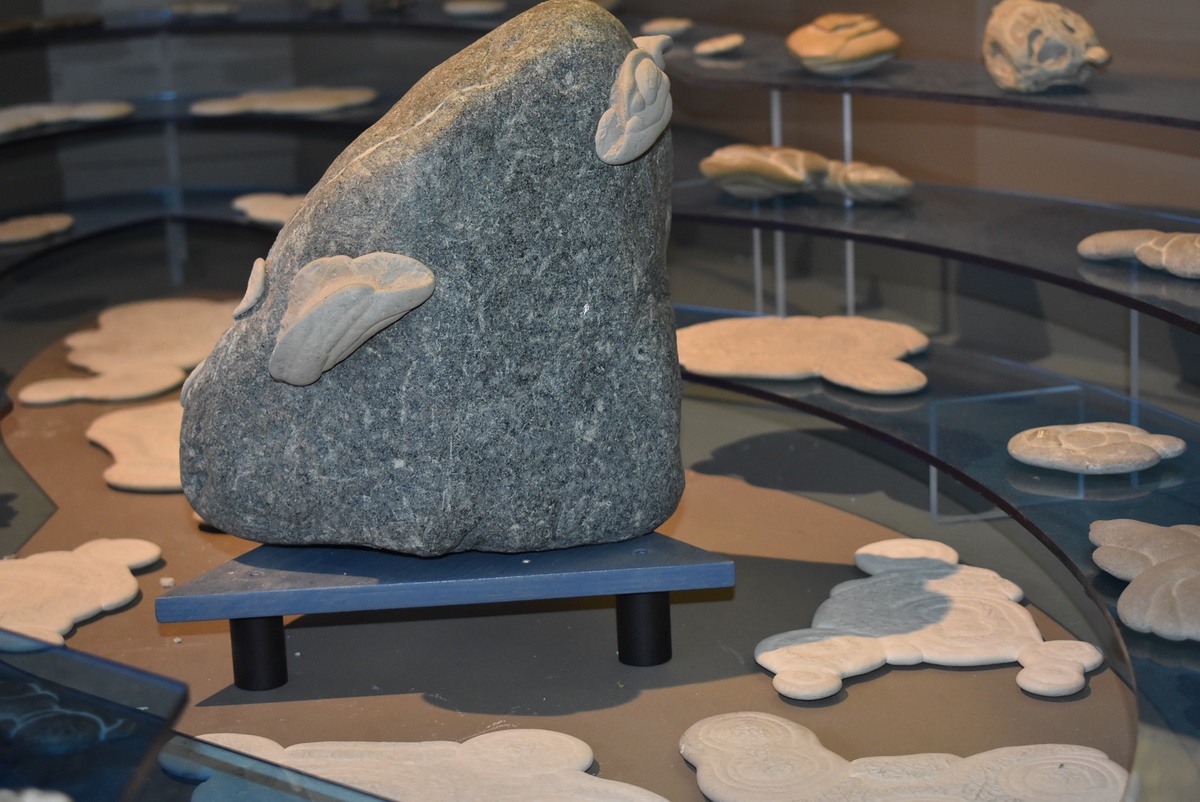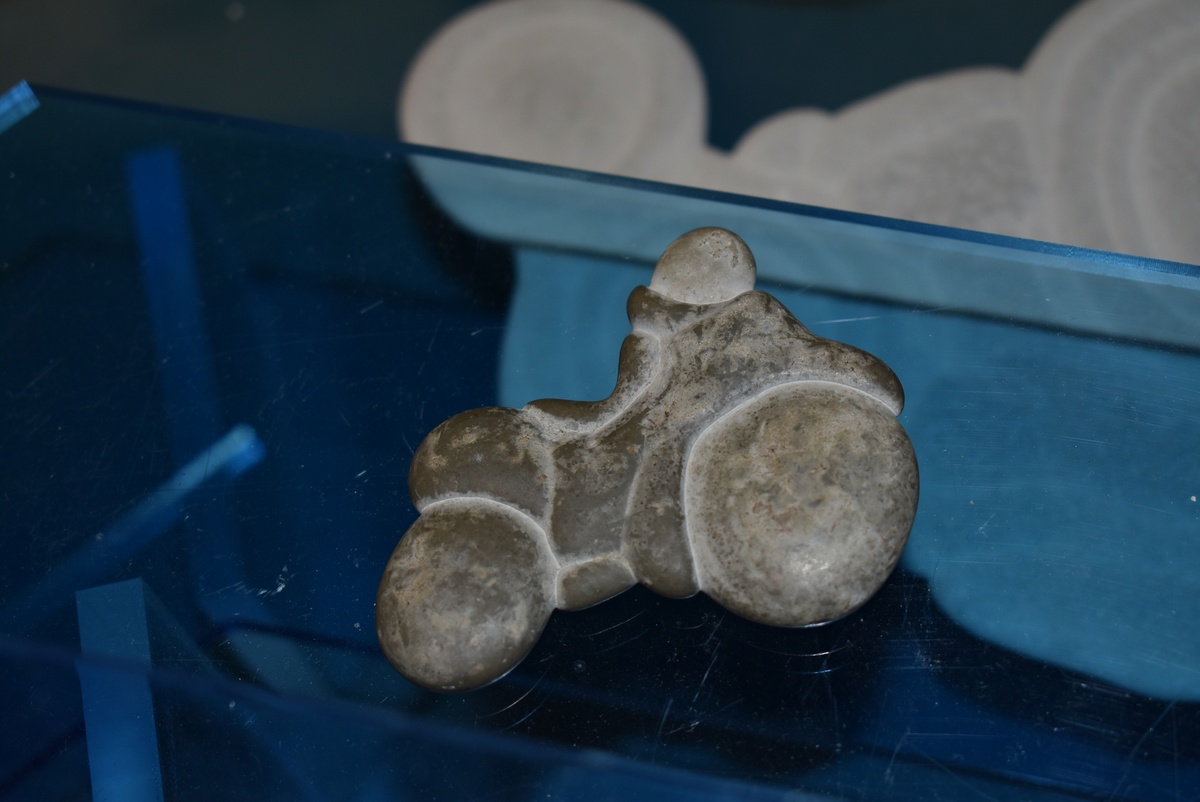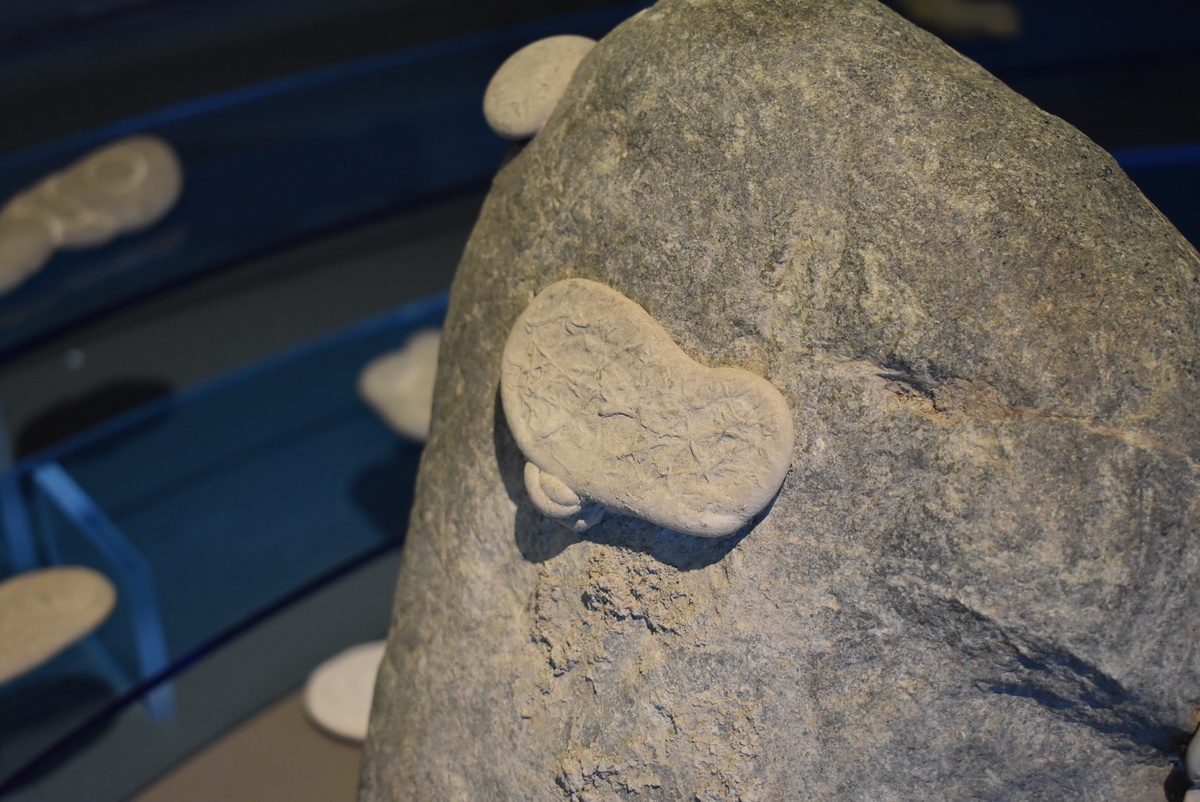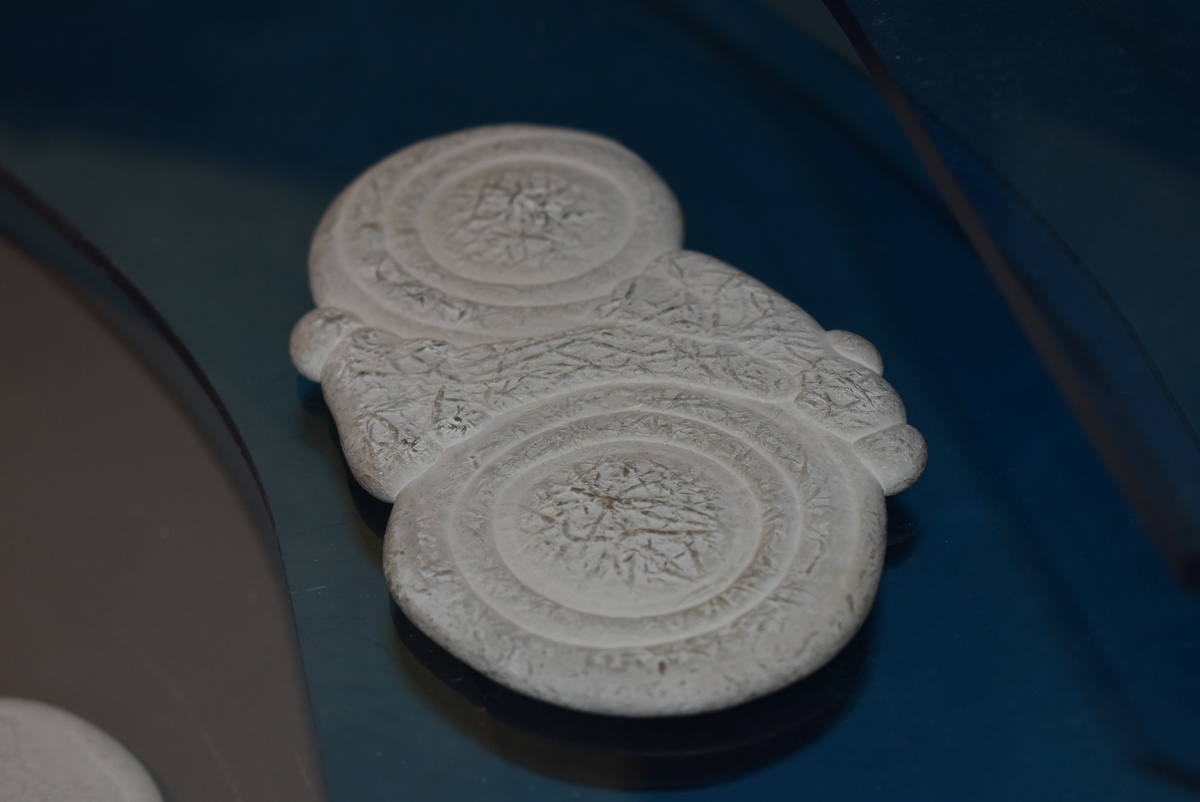Fairy Stones
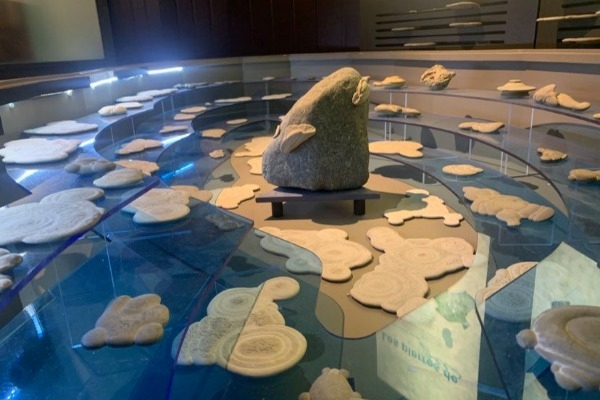
What are the fairy stones made of?
Also known as concretions, fairy stones are mostly made of fine sand, muddy loam, and cemented limestone. Although they can also contain various rocks and sediments such as shale and sandstone which are also sedimentary rocks. As such, they can be considered as fossils since they are composed of filaments of plants such as algae and horsetails. Several stones developed in a circular manner around the shaft of a horsetail that we can still see at the center of the rock. The massive presence of these plant filaments lets us believe that they played an important role in their creation. They acted as an initial hub for their agglomeration.
What do they look like?
These stones are mostly flat and usually have one smooth side while the other is covered in lines that can be reminiscent of zoomorphic shapes and other motifs. These patterns created by nature itself constitute the uniqueness of the spectacular fairy stones.
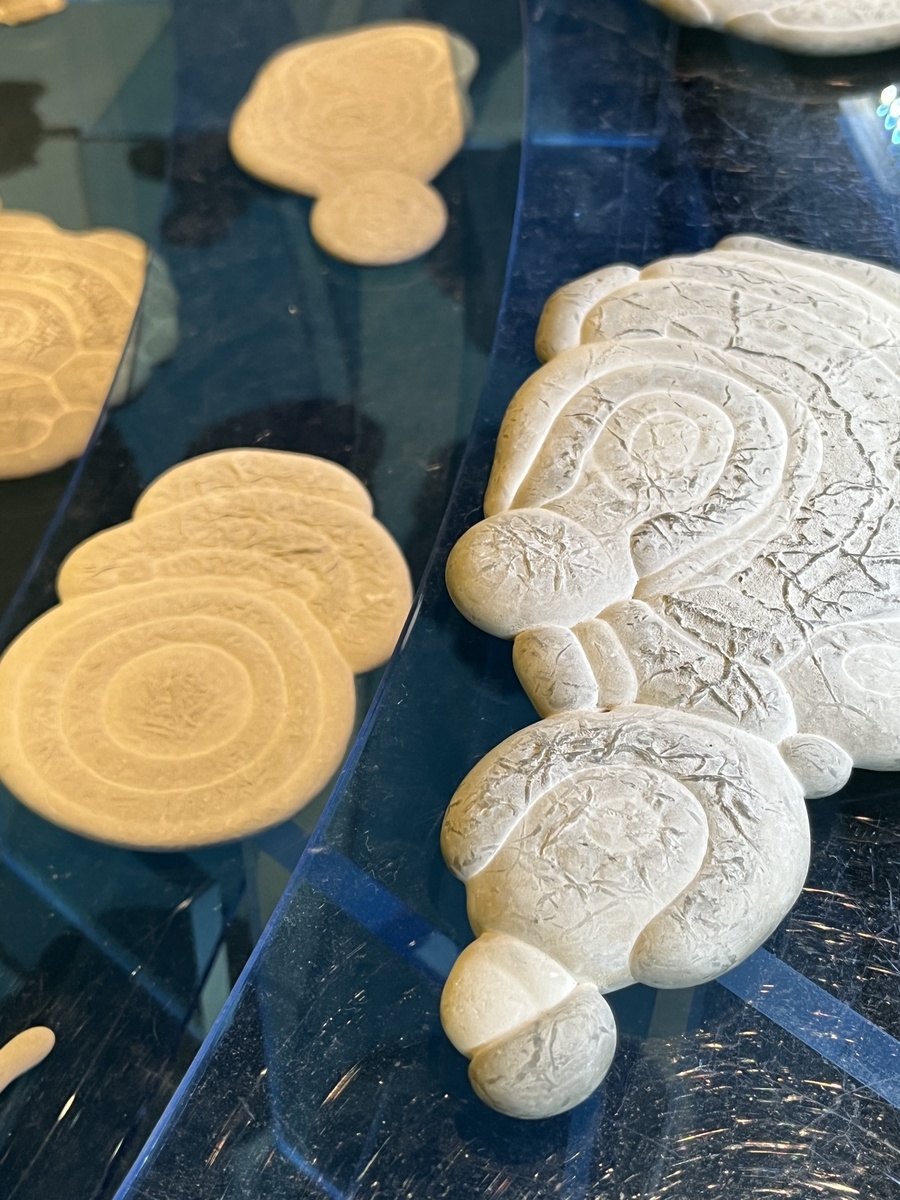
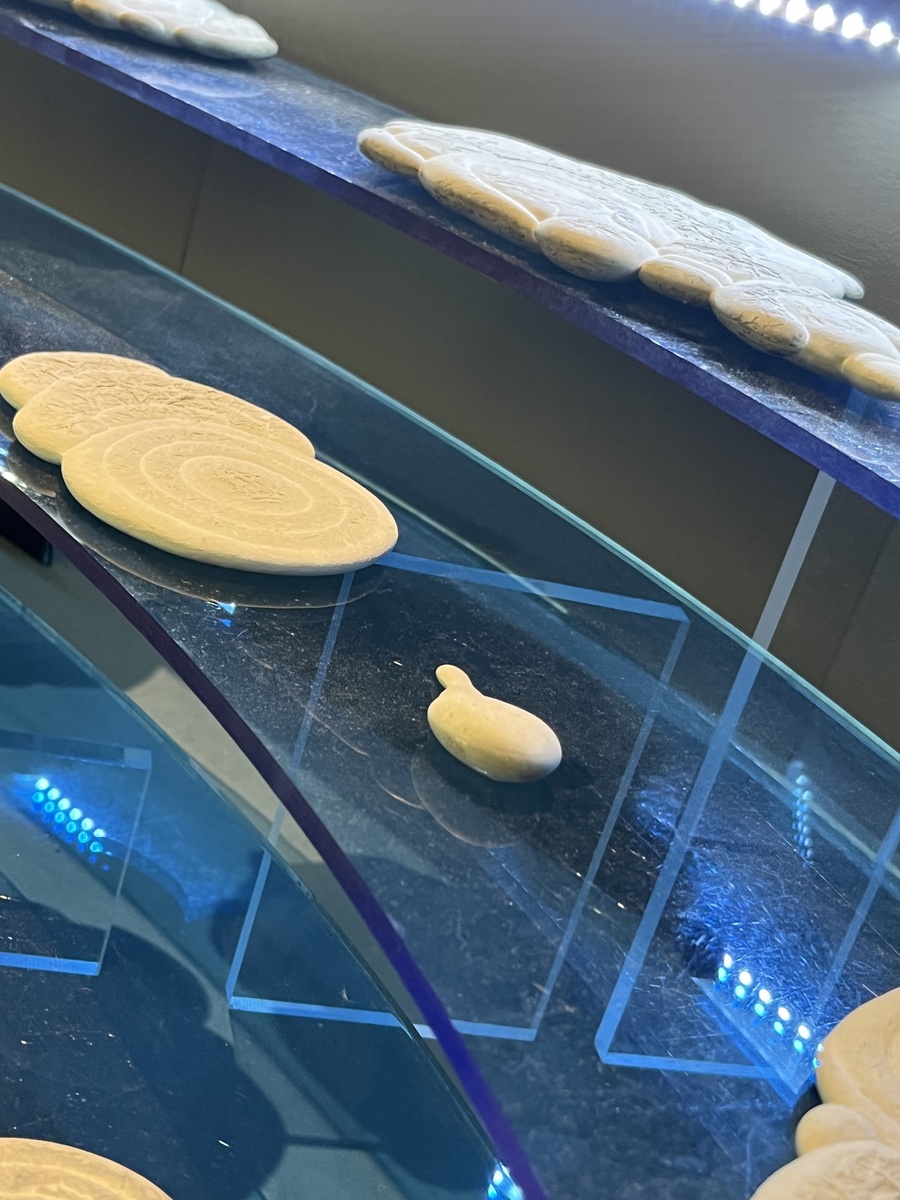
How are they created?
The formation of the fairy stones would be explained by the withdrawal of the glaciers that used to recover the land, as well as erosion, sedimentation, and bacterial activity.
In the marshes where there used to be massive bodies of water, bacteria formed a carpet of gelatinous matter in which algae and plants imprinted themselves, thus creating surprising and artistic results. The cold water then helped in petrifying this matter.
Each circle corresponds to a level of growth in favorable conditions for bacterial activity that were interrupted by either desiccation or cooling periods.
Where can we find them?
We can find them mostly in Abitibi on the shores of lakes Carpentier (Belcourt), Malartic, Lamotte (La Motte) as well as the ones of lake Abitibi.
